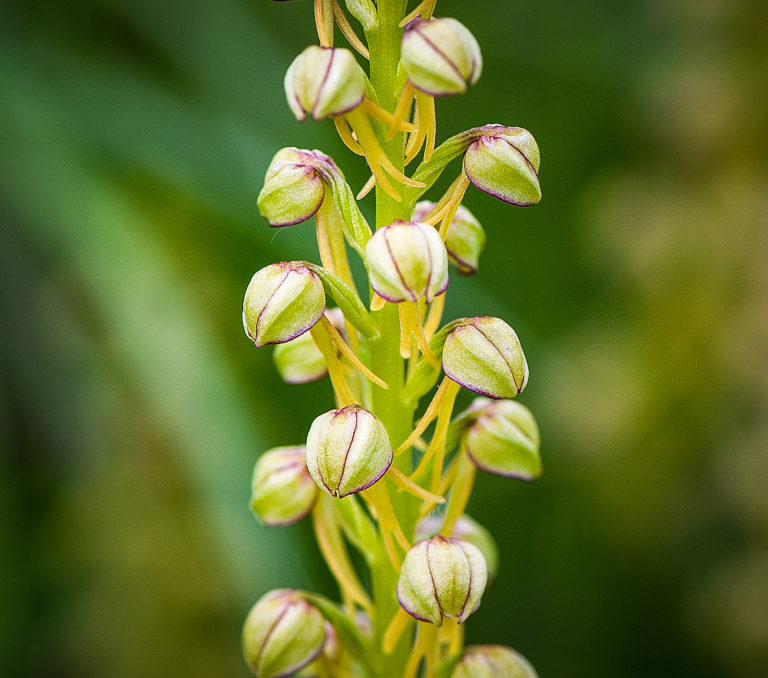the inexorable tide
Nigel Fawcett, 2009
the hourglass worries me not
for its fading sands fall not onto glass
but upon the gilded beach
that reaches under the liquid petticoats
of your beloved ocean
as the final grain of silicate truth
hangs in the baleful air
your saliferous form yields to the moon
a brackish mist washes over me
long have I waited
to taste the salt of your lips
and now the time has come
O wind pray carry me over
Earth, air, fire, & water = gold
For centuries, the alchemists attempted to turn earth, air, fire and water into gold. Without success. Yet, for the photographer, it’s, well, elementary! This is especially true when it comes to shooting landscapes. Incorporating those basic elements is easy because they are the very fabric from which our landscape is woven. The land, the sky, the rivers, lakes and oceans are the raw stuff of landscapes. But it’s the inclusion of fire that elevates an image and gives it the value of gold dust.
A long time ago, I came up with the Myth and Myst brand name for my fine art photography business. At that time, I was shooting a lot of images that were photographic interpretations of famous paintings. Much of the subject matter was, itself, a visual interpretation of scenes from Greek, Roman or Celtic mythology. In that sense, the mythical and mystical elements were overt. It was only later, when I realised how powerful those elements were, that I started to use the same techniques in a more covert manner.
Earth, air, fire & water = Substance, environment, Spirit & narrative.
In essence, this article is another way of looking at the compositional philosophy that I outlined in my post: In the frame — A view on composition. In that article, I looked specifically at the importance of adding space and fluidity when composing a shot. This time, I’ve taken things further by including substance and spirit. So, my four elements for photographers who want to strike gold are: substance, environment (space), spirit, and narrative (fluidity).
How do these elements relate to photography?
Substance is the equivalent of the alchemist’s Earth. It’s what grounds your image to the brief. It’s the image’s primary subject. But, without any of the other elements, it may lack meaning and, therefore, fall flat.
Environment is the equivalent of the alchemist’s Air. This is the element that provides context. It’s the foil against which you set your subject and the space in which it sits. Above all, it gives your subject a sense of place.
Spirit is the equivalent of the alchemist’s Fire. As I stated in the title, it’s the most important element of all because it’s the one that provokes an emotional response. This is the element that stirs the soul, pulls at the heart strings and challenges the mind.
Narrative is the equivalent of the alchemist’s Water. It flows and, because it flows, it has the power to elevate a single image from a flat static moment to a full blown story. Narrative works alongside environment to give your images a sense of direction and movement.
My featured image illustrates the point. The brief is set by the poem and the subject is aligned to the substance of the brief. The petticoat of surf breaking on the sand is put into context by the ocean beyond and the brooding sky over the distant headland. The storm gives a palpable quality of light and colour that complements the breaking surf to generate a sense of spirit. Finally, the surf and the sky are redolent with implied movement to provide a compelling narrative.
Parting shot
I’ve covered the earth, air, fire and water equals gold argument but let’s not forget about that other nugget — the golden hour. That famous gold standard of light that is found in the periods just after dawn and just before dusk. The well informed photographer will be aware that there is a lot more to time than just the hour of day. Time is also about latitude, altitude and the changing seasons. The closer one gets to the equator, the harsher the light gets, and the time of year becomes less important. The opposite is true as one moves away from the equator. So, don’t underestimate the extent to which light quality can be used to amplify the effects of the photographic elements discussed above.



